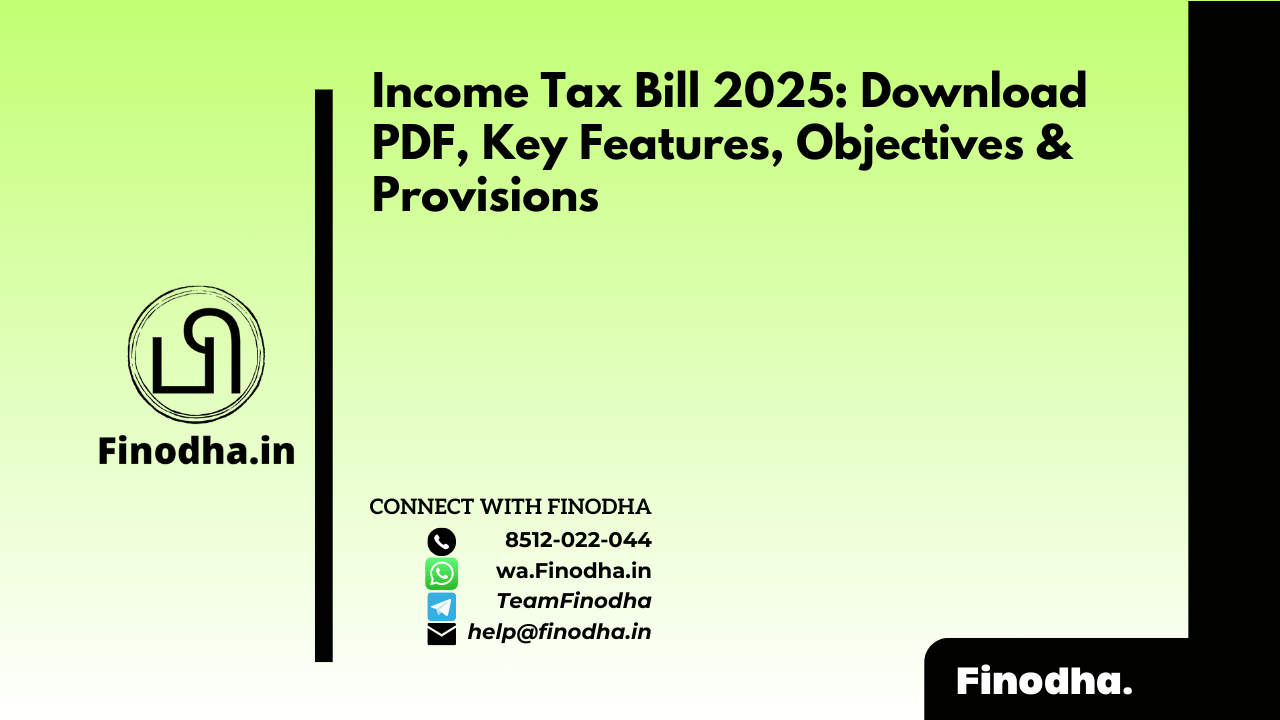Important Keywords: Absorption costing, Full costing, Direct costs, Indirect costs, Variable costs, Fixed costs, Semi-variable costs, Inventory valuation, Profit calculation, Indian businesses.
Headings:
- Introduction
- What is Absorption Costing?
- Direct and Indirect Costs
- Variable, Fixed, and Semi-variable Costs
- How Absorption Costing Works
- Inventory Valuation
- Impact on Profit Calculation
- Absorption Costing vs. Variable Costing
- Full Costing vs. Variable Costs Only
- Reporting Profit and Loss
- Absorption Costing in the Indian Context
- Example: Manufacturing Industry in India
- Key Takeaways
- Conclusion
Short Paragraphs:
Introduction:
Absorption costing is an important method used in accounting to determine the complete cost of manufacturing a product. By including both direct and indirect costs, this method helps businesses gain a better understanding of their expenses. In this article, we will explain absorption costing in simple terms, focusing on its relevance in the Indian business landscape.
What is Absorption Costing?
Absorption costing encompasses all costs related to production, including direct and indirect expenses. Direct costs involve materials and labor used in manufacturing, while indirect costs cover items like factory rent, administration expenses, compliance, and insurance.
Variable, Fixed, and Semi-variable Costs:
Under absorption costing, various cost types are considered. Variable costs change in proportion to the quantity of goods produced. Fixed costs remain constant regardless of the production volume, and semi-variable costs fluctuate in batches.
How Absorption Costing Works:
Absorption costing plays a crucial role in inventory valuation, as it includes fixed costs in addition to variable costs. This approach leads to a higher valuation of the closing inventory, ultimately increasing the company’s profit.
Absorption Costing vs. Variable Costing:
Absorption costing is often referred to as full costing because it takes into account all costs associated with production. Variable costing, on the other hand, only considers variable costs like direct labor and materials. The inclusion of fixed costs, such as rent and insurance expenses, makes absorption costing more comprehensive.
Absorption Costing in the Indian Context:
Let’s consider a manufacturing industry in India to understand absorption costing better. In this scenario, a company produces goods by incurring various expenses, such as raw materials, wages, factory rent, and administrative costs. By using absorption costing, the company can allocate all these expenses to the products, resulting in a more accurate cost calculation.
Key Takeaways:
- Absorption costing is a method used to determine the total cost of production by including both direct and indirect costs.
- It considers variable, fixed, and semi-variable costs, providing a comprehensive view of expenses.
- Absorption costing leads to a higher valuation of closing inventory and potentially increases reported profits.
- In contrast, variable costing only considers variable costs, which may not accurately reflect the true profitability.
Conclusion:
Absorption costing is a widely accepted accounting method that helps businesses accurately calculate the cost of production. It ensures that all expenses, including fixed costs, are allocated to products, providing a more comprehensive view of profitability. By understanding absorption costing, Indian businesses can make informed decisions regarding their manufacturing processes and financial reporting.
Capital gains (21) CGST (277) Chapter VI-A (15) e-Compliance Portal (21) E-Verify (20) economic growth (21) F&O Trading (29) F.No.354/117/2017-TRU (23) F. No. CBIC-20001/4/2024-GST (15) Financial planning (15) financial stability (17) GST (1424) IGST (222) Income from House Property (17) Income Heads (16) Income Source (14) Income tax (111) Income Tax Account (15) Income Tax Filing (20) Indian context (22) Indian investors (16) ITR-3 (19) ITR Form (20) P&L Statement (24) PAN (13) Risk Management (20) Salary Income (19) Section 7(1) UTGST Act 2017 (14) Section 8(1) UTGST Act 2017 (26) section 9 (18) section 10 (28) section 15 (13) section 25 (17) section 39 (24) section 49 (16) section 50 (16) section 51 (13) Section 52 (16) Section 54 (13) section 73 (20) section 74 (21) SGST (223) Speculative Income (14) Trading Income (33) UTGST (78)
-

Income Tax Bill 2025: Download PDF, Key Features, Objectives & Provisions
-

Advantages of Company | Why Incorporation Is Beneficial
-

What Is Retail Business? | Meaning, Types & Benefits
-

How to Start Transport Business? | Profitable Guide
-

Cost Sheet of Any Company | Format & How to Prepare It
-

Company Incorporation Certificate | What It Is & How to Get It

